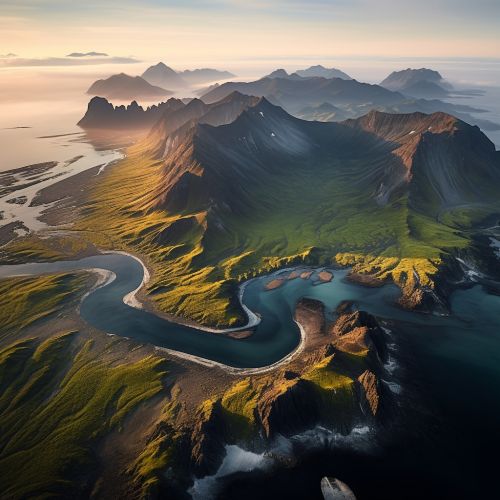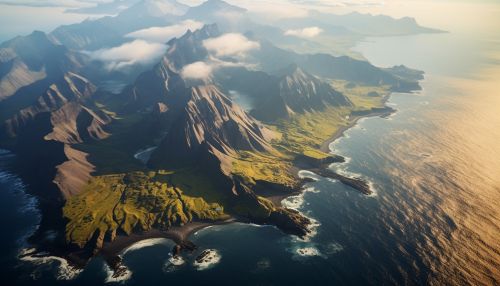1952 Kamchatka earthquake
Introduction
The 1952 Kamchatka earthquake was a significant seismic event that occurred in the Kamchatka Peninsula, Russia, on November 4, 1952. With a magnitude of 9.0 on the moment magnitude scale (Mw), it remains one of the most powerful earthquakes ever recorded. The earthquake triggered a series of tsunami waves that caused extensive damage and loss of life across the Pacific, particularly in Hawaii and Japan.
Geological Setting
The Kamchatka Peninsula is located in the Pacific Ring of Fire, an area known for its high seismic and volcanic activity. The region is characterized by the subduction of the Pacific Plate beneath the Okhotsk Plate, a process that generates intense seismic activity. The 1952 earthquake occurred along this subduction zone, specifically at the Kamchatka Trench.
Event Description
The earthquake struck at 16:58 local time (05:58 UTC) on November 4, 1952. The epicenter was located off the east coast of the Kamchatka Peninsula, near the town of Severo-Kurilsk. The earthquake had a focal depth of about 30 kilometers, which is relatively shallow for a subduction zone earthquake. The main shock was followed by a series of powerful aftershocks, some of which reached magnitudes of 7.0 Mw.
Impact
The earthquake and subsequent tsunamis caused significant damage and loss of life. In the Kamchatka Peninsula, many buildings were damaged or destroyed, and landslides were reported in the mountainous regions. The tsunamis, which reached heights of up to 15 meters in some locations, caused extensive coastal damage.
In Hawaii, the tsunamis caused widespread damage and loss of life. The town of Hilo was particularly hard hit, with many buildings destroyed and numerous fatalities. In Japan, the tsunamis caused damage along the eastern coast and resulted in several deaths.
Aftermath
The 1952 Kamchatka earthquake had significant scientific implications. It was one of the first earthquakes to be thoroughly studied using modern seismological techniques, and it provided valuable insights into the dynamics of subduction zone earthquakes and tsunamis. The event also highlighted the need for improved tsunami warning systems, leading to the establishment of the Pacific Tsunami Warning Center in 1949.
See Also


